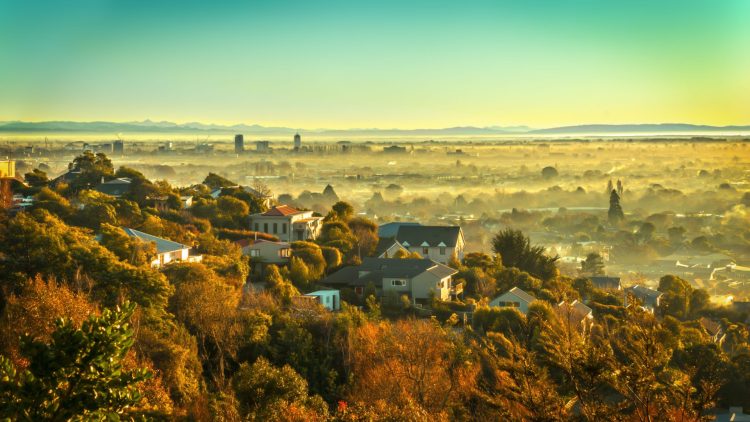크라이스트처치는 2025년에 주요 기후 변화 컨퍼런스를 위해 전 세계의 과학자, 공무원, 지도자들을 맞이할 예정이다.2년마다 개최되는 유엔 적응 미래 회의는 2025년 10월 크라이스트처치의 테패 컨벤션 센터에서 개최됩니다.약 1,500명의 참석자가 참석할 것으로 예상됩니다.
크라이스트처치 시장인 필 모거 (Phil Mauger) 는 크라이스트처치의 적응에 대한 경험을 언급했다. 특히 지진으로부터 복구된 후에는 더욱 그랬다.이 행사는 홍수, 산불, 해수면 상승 등 기후 변화의 영향에 대비하는 데 초점을 맞출 예정입니다.
컨퍼런스로 인한 탄소 영향을 줄이기 위해 태평양, 아프리카, 남미에 지역 허브를 설립할 예정입니다.온라인으로도 참여할 수 있습니다.캔터베리 대학교는 지역 단체인 Ngāi Tūāhuri 및 Ngāi Tahu 및 Ngāi Tahu와 함께 이 행사를 주최할 예정입니다.
테 루낭가 오 응아이 타후 (Te Rūnanga o Ngāi Tahu) 의장인 리사 투마하이 (Lisa Tumahai) 는 기후 토론에 원주민의 목소리를 포함시키는 것이 중요하다고 강조했다.이번 컨퍼런스에서는 서양 과학과 함께 마오리 지식이 차지하는 역할을 강조할 예정이다.
캔터베리 대학교의 브론윈 헤이워드 (Bronwyn Hayward) 연구원은 이 행사가 뉴질랜드에 미치는 중요성을 강조하고 지역사회의 참여를 독려했다.기후 변화라는 어려움에도 불구하고 헤이워드는 제시된 혁신적인 아이디어 덕분에 이러한 모임에 활기가 넘칩니다.
행사가 환경에 미치는 영향을 줄이기 위해 주최측은 지역 허브 및 온라인 참여를 통한 저탄소 접근법을 계획하여
여행 배출을 줄입니다.



















































-360x245.jpg)









